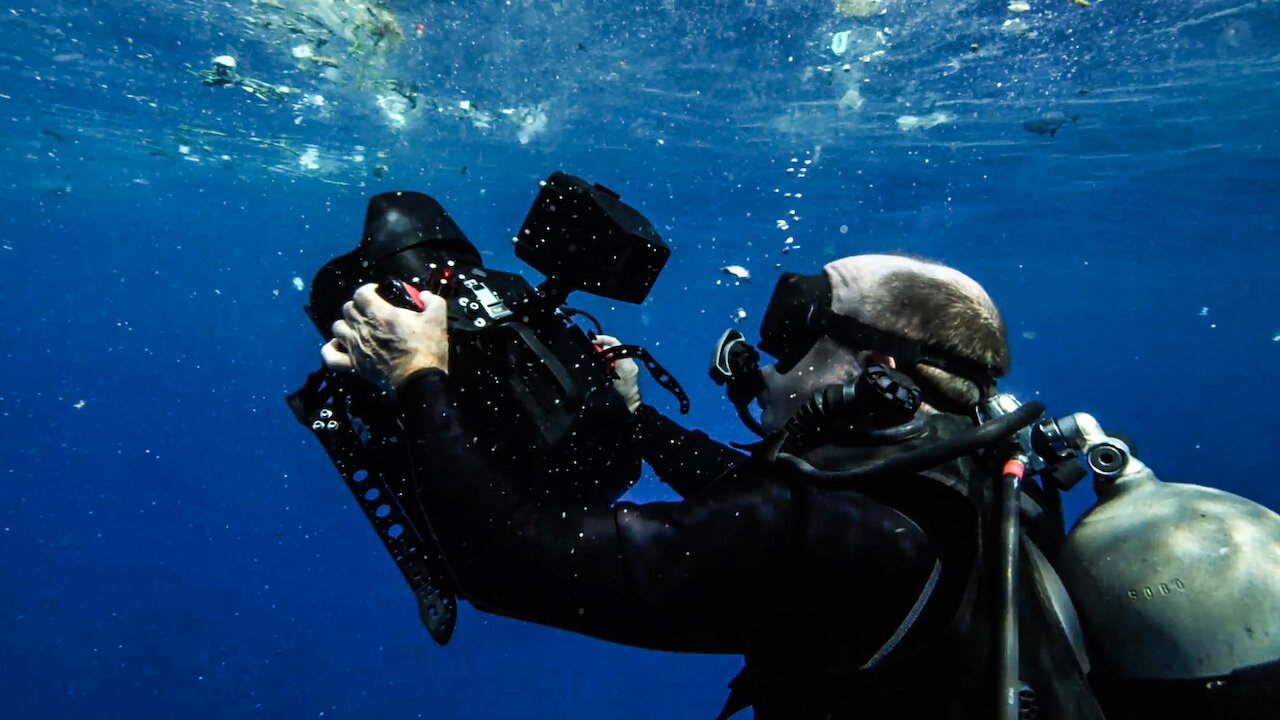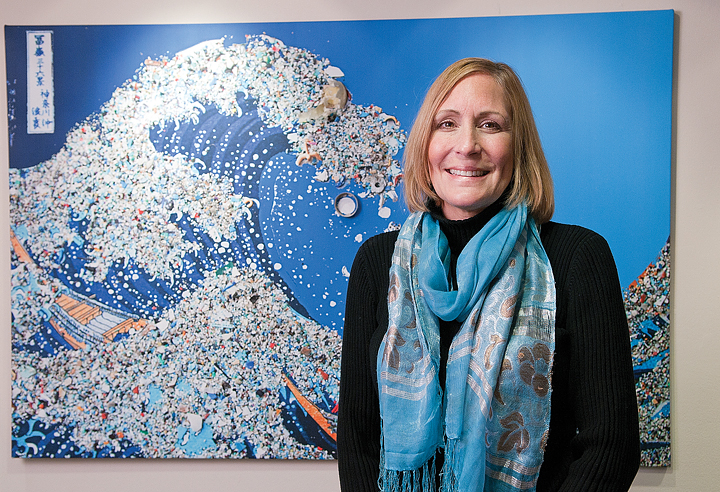Plastic waste is a huge problem within nearly every society on earth today. One of the best ways to ensure that we are not continuing to destroy our planet with plastic waste, is to make a change in the companies that initially produce the plastic waste. Over 380 million tons of plastic are produced each year. However, there are a few companies who are working towards more sustainable alternatives.
Through my research, I discovered that the food and beverage company, Nestlé, pledged to make all of their plastic packaging 100% recyclable or reusable by 2025. Nestlé made this pledge in April of 2020, but there are visible changes being made within the company. They also set a goal to have zero environmental impact by 2030 and zero greenhouse gas emissions by 2050.

In September of 2020, Nestlé invested 30 million US dollars into becoming more sustainable in many areas. They increased the creation of food-grade recycled plastics, they created a refillable system for pet food in Chile, and they manufactured a first-of-its-kind recyclable paper packaging for Maggi bouillon cubes in France.
In only a year since making the promise to create more sustainable packaging, 87% of Nestlé’s total packaging by weight and 66% of its total plastic packaging is recyclable or reusable. Nestlé decreased their plastic footprint almost immediately. By August of 2020, they reached plastic neutrality in the Philippines. This means that Nestlé collected and co-processed the equivalent amount of plastic as contained in the products sold and prevented the further flow of plastic into landfills and oceans.

Many companies make promises about sustainability that they will probably never keep; However, Nestlé seems to be making true efforts towards sustainability. They have made over half of their packaging completely recyclable or reusable in less than a year. In addition, they have also set more goals for themselves as a company in order to accomplish more for people on the plain of sustainability.
Meier, Christoph. “Nestlé Intensifies Its Sustainable Packaging Transformation Journey.” Nestlé Global, 7 Sept. 2020, https://www.nestle.com/media/pressreleases/allpressreleases/nestle-sustainable-packaging-transformation-journey.
“What Are Businesses Doing to Turn off the Plastic Tap?” UNEP, UN Environment Programme, https://www.unep.org/news-and-stories/story/what-are-businesses-doing-turn-plastic-tap.




